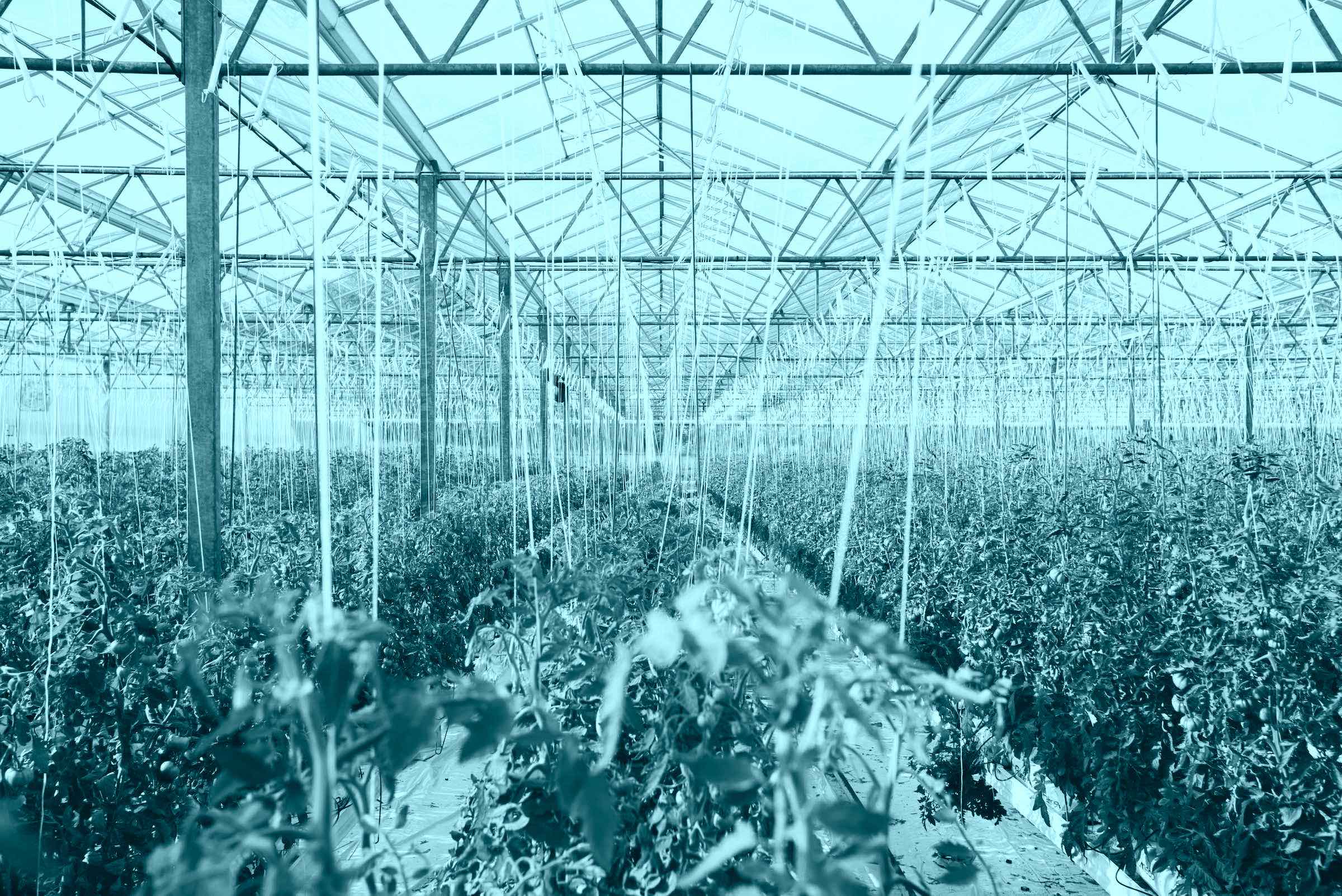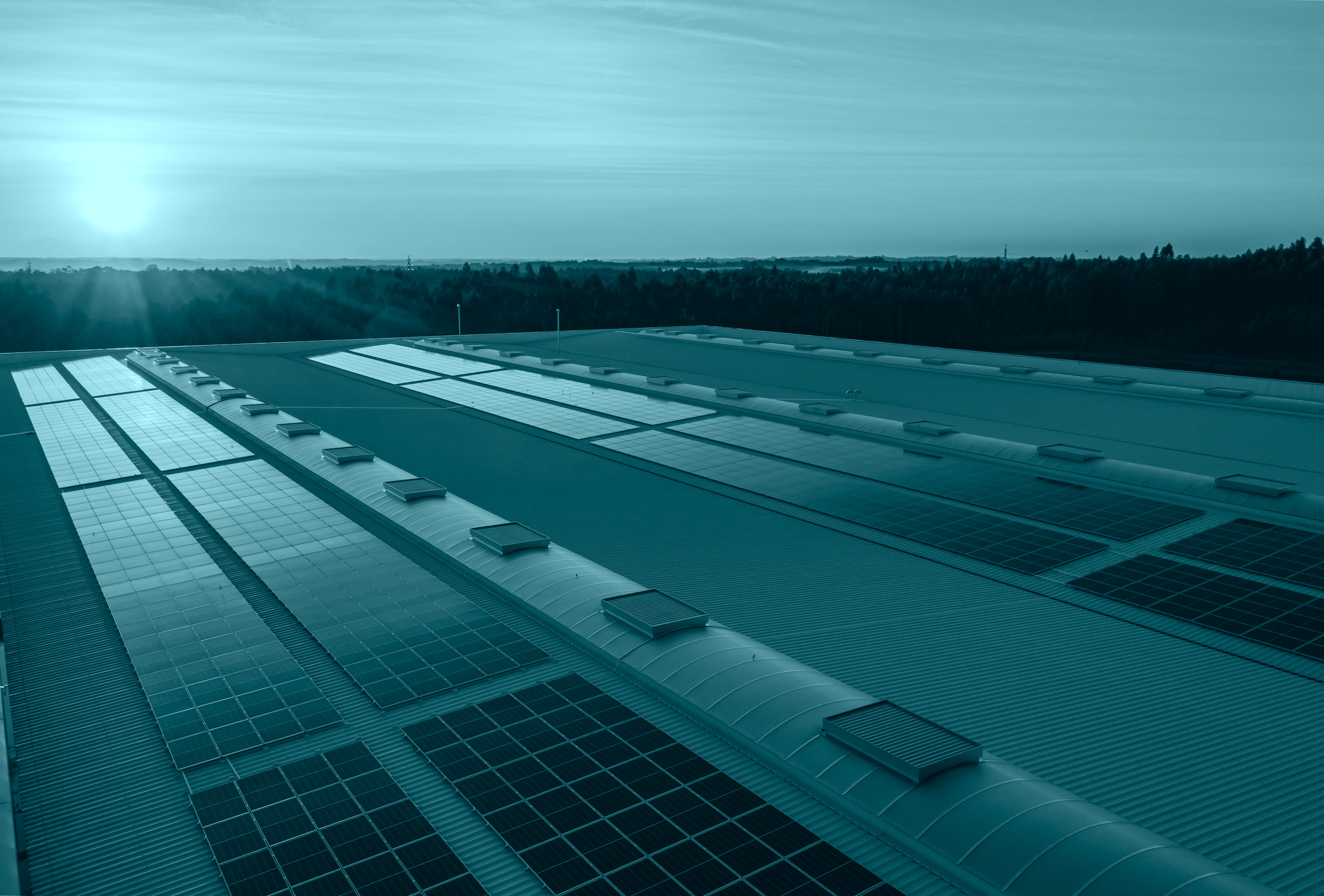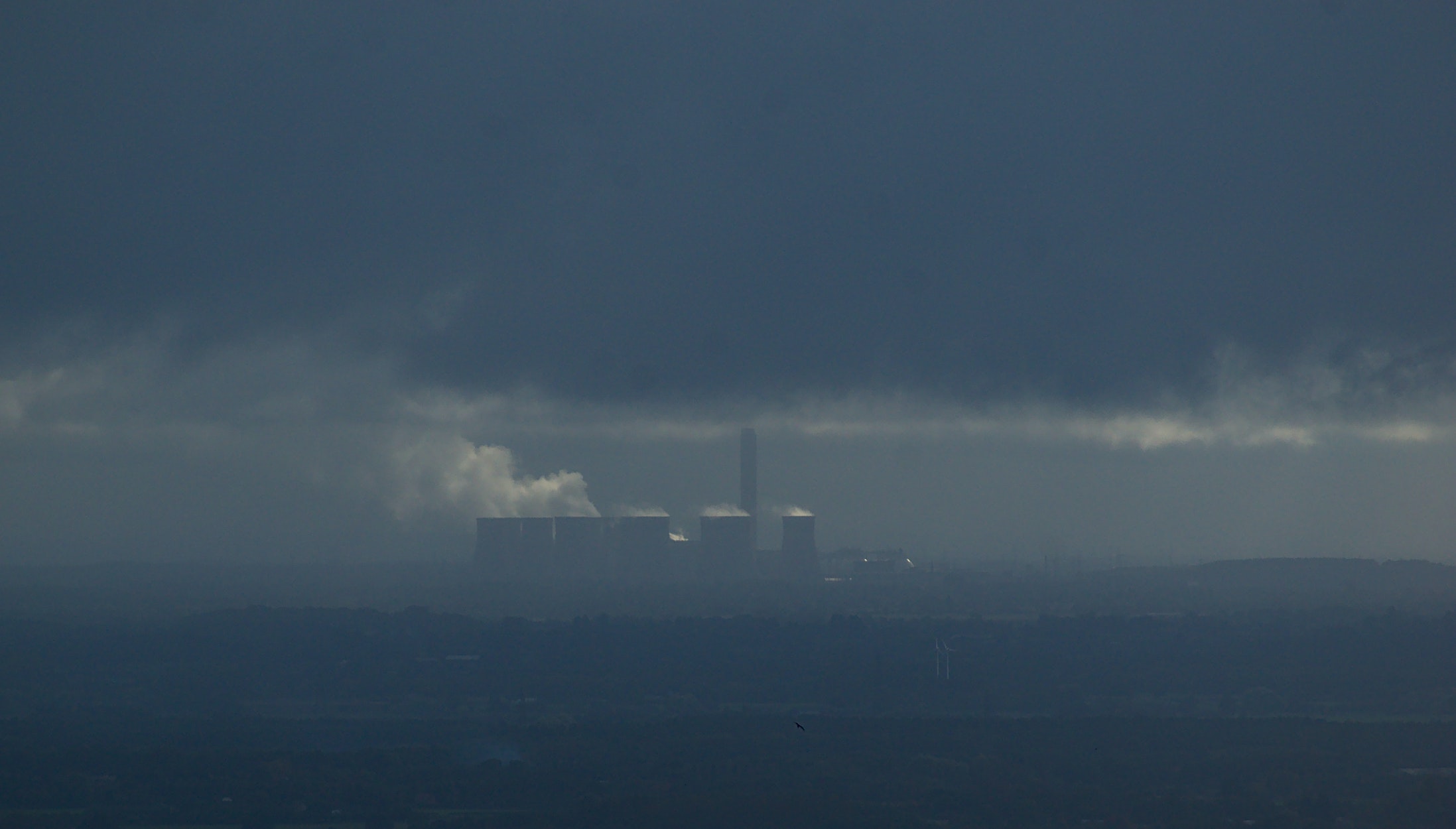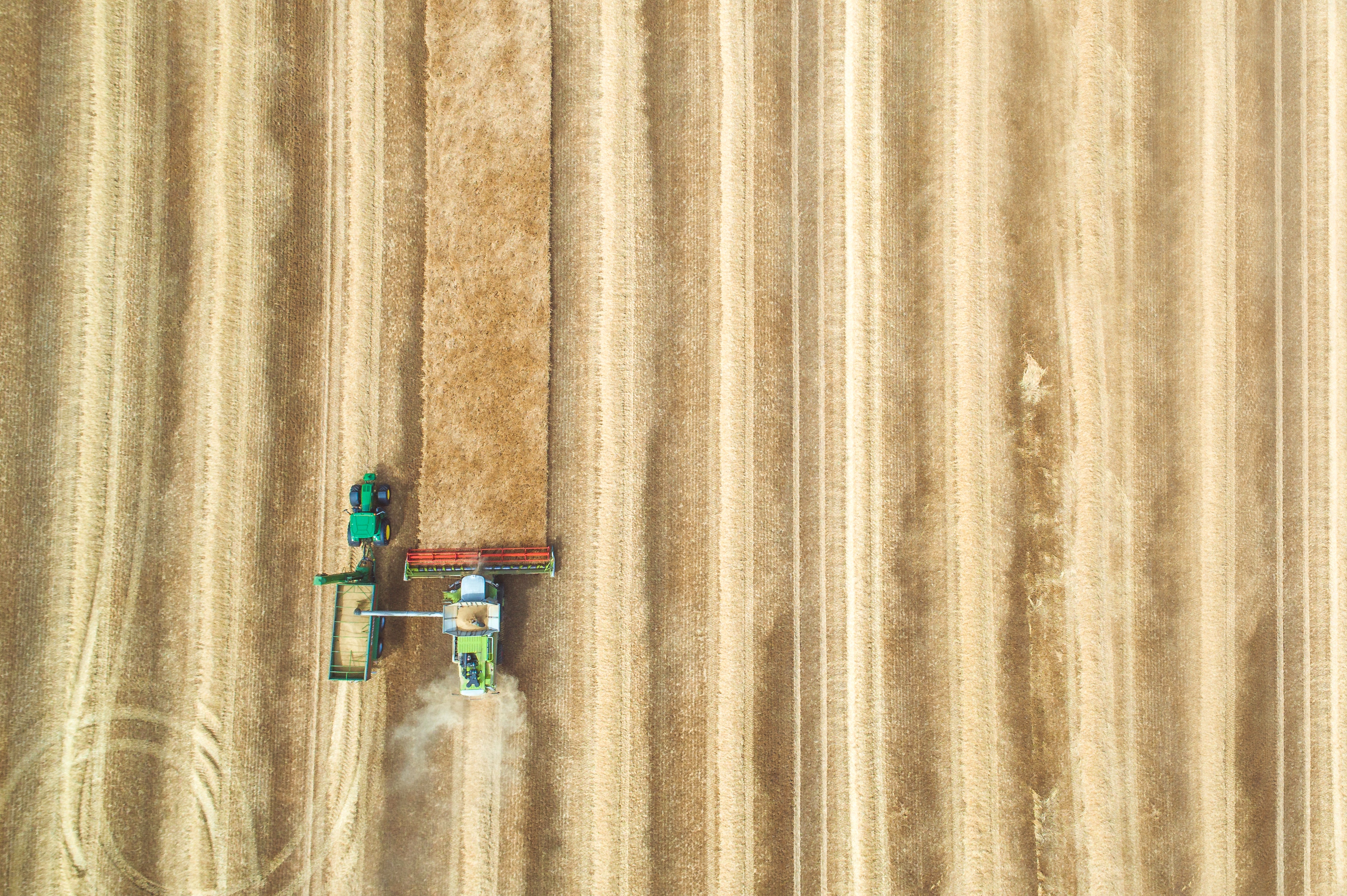Scenarios are a vital cog in the system of climate change research and a fundamental part of understanding our impacts on the planet. They offer a glimpse into the future, helping researchers investigate and analyse the impact of different short term decisions on the long term future.
Shared Socioeconomic Pathways (SSPs) are a collection of scenarios, first making an appearance in an IPCC’s Assessment Report on climate change in the AR6 published on 9 August 2021. Here, scientists looked at “possible climate futures”, exploring five core emissions scenarios, spanning from the “very low emissions” SSP1-1.9, “low” SSP1-2.6 and “intermediate” SSP2-4.5, through to “high” SSP3-7.0 and “very high” SSP5-8.5.
But what exactly are Shared Socioeconomic Pathways and how do they differ and/or complement other scenarios, such as Representative Concentration Pathways (RCPs)? Answering this question can help us better understand the work of climate change researchers and hence what informs climate-related policymaking.
PRESS RELEASE | 28 Feb 2022#Climatechange: a threat to human wellbeing and health of the planet.
Taking action now can secure our future
The #IPCC released its latest #ClimateReport today.
PR ➡️ https://t.co/ISBRVbv9UM
Read the report ➡️ https://t.co/ABoUKGqREU pic.twitter.com/F6ZMeATNtr— IPCC (@IPCC_CH) February 28, 2022
Different scenarios
Shared Socioeconomic Pathways provide narratives describing alternative socio-economic developments.
“In the past, socio-economic factors were implicit, hidden behind the emission and the concentration projections that the models were using as input. With the SSPs, we can better understand how the population and economy are affected by climate change and climate policies,” explains Laurent Drouet, senior researcher at the RFF-CMCC European Institute on Economics and the Environment.
Factoring socioeconomic elements into future climate scenarios is essential as these are known to be fundamental drivers of both climate change and advances in mitigation and adaptation. In fact, AR6 combines both SSPs and RCPs (which are greenhouse gas concentration trajectories that describe different climate futures) in a Scenario Matrix Architecture that seeks to provide more pieces to the puzzle that is our future.
SSP scenarios. In time for IPCC AR6 WG2 (impacts) the AR6 scenarios. For 1.5C and 2C (just by 2100) CO2 emissions had to be in decline 2020 and methane and nitrous oxide 2015. CO2 emissions are headed to worst-case and from Global carbon Project so are methane and N2O #climate pic.twitter.com/IN9qZ6jBUC
— Peter D Carter (@PCarterClimate) February 18, 2022
Scenarios therefore act as a glue that brings together different aspects of climate change research, working together to generate holistic knowledge rather than individual and independent pieces of information without situating them in an overall context.
Specifically to climate change research, scenarios provide a common framework with which to look at the impacts of adaptation and mitigation policies, or lack thereof, and the physical earth system.
In the IPCC’s Sixth Assessment Report (AR6) five climate narratives were provided with different levels of projected warming and our ability to adapt to the coming changes. Each one of these stories brought together a different socioeconomic development scenario with a different carbon emissions pathway, to create a scenario matrix that shows how our choices will shape climate change in the 21st-century.
Understanding the Shared Socioeconomic Pathways
The cornerstone of the SSPs, from which all future socioeconomic scenarios are derived in AR6, is a set of baselines that describe the world in the absence of new climate policies, and mitigation scenarios that address the effects of mitigation policies.

Volume 42, January 2017, Pages 153-168. https://doi.org/10.1016/j.gloenvcha.2016.05.009
Each SSP includes projections of population and economic growth, as well as technological and geopolitical trends – all of which will have an impact on both our emissions and our ability to reduce or adapt to them.
In turn, each of these SSP scenarios can be coupled with different emissions pathways that make for a more complex and faceted reading of the future.
SSPs allow researchers to look at how societal choices will affect emissions and therefore our ability to meet the Paris Agreement goals.
“A scenario with low challenges in adaptation and mitigation, such as SSP1, is much more likely to meet the Paris Agreement goal, than the others with higher challenges. But, a large mitigation effort is still needed in all scenarios,” says Drouet.
Looking at how socioeconomic factors such as urbanisation, technological development, population growth and education may change over time – and how the world may be shaped by these factors in the absence of new climate policies – helps isolate different variables and address their contribution to the overall earth system.
This can in turn help better understand drivers of climate change as well as adaptation and mitigation, therefore leading to more informed research and, hopefully, enlightening policy decisions.
The SSP’s baseline worlds are useful because they allow us to see how different socioeconomic factors impact climate change. They include:
- a world of sustainability-focused growth and equality (SSP1);
- a “middle of the road” world where trends broadly follow their historical patterns (SSP2);
- a fragmented world of “resurgent nationalism” (SSP3);
- a world of ever-increasing inequality (SSP4);
- a world of rapid and unconstrained growth in economic output and energy use (SSP5).

SSP1 and SSP5 envision more optimistic scenarios for mankind, with “substantial investments in education and health, rapid economic growth, and well-functioning institutions”. The main difference between them is that SSP5 posits that these advances will be propelled by an energy-intensive, fossil fuel-based economy, whereas in SSP1 sustainable practices will prevail.
SSP3 and SSP4 are more pessimistic in their vision of future economic and social development, whereby society as a whole will invest little in education or health in poorer countries coupled with a fast-growing population and increasing inequalities.
The middle ground is occupied by SSP2 whereby historical patterns of development continue throughout the 21st century.
The combination of SSPs with RCPs used in AR6 is the first comprehensive application of the scenario matrix applied to mitigation. This is just the first step in bringing increased scenario framework applications into climate change research.
“One of the great successes of the SSPs was the transparent process for building them and the open-access to the assumptions behind these scenarios. This hasn’t always been the case in the past,” says Drouet. “There is now a lot of development of new scenarios that use the SSP framework and go beyond it. These new tools are helpful to provide new insight at a higher resolution and at a local scale and scientists from different communities are already discussing the evolution of these scenarios.”






